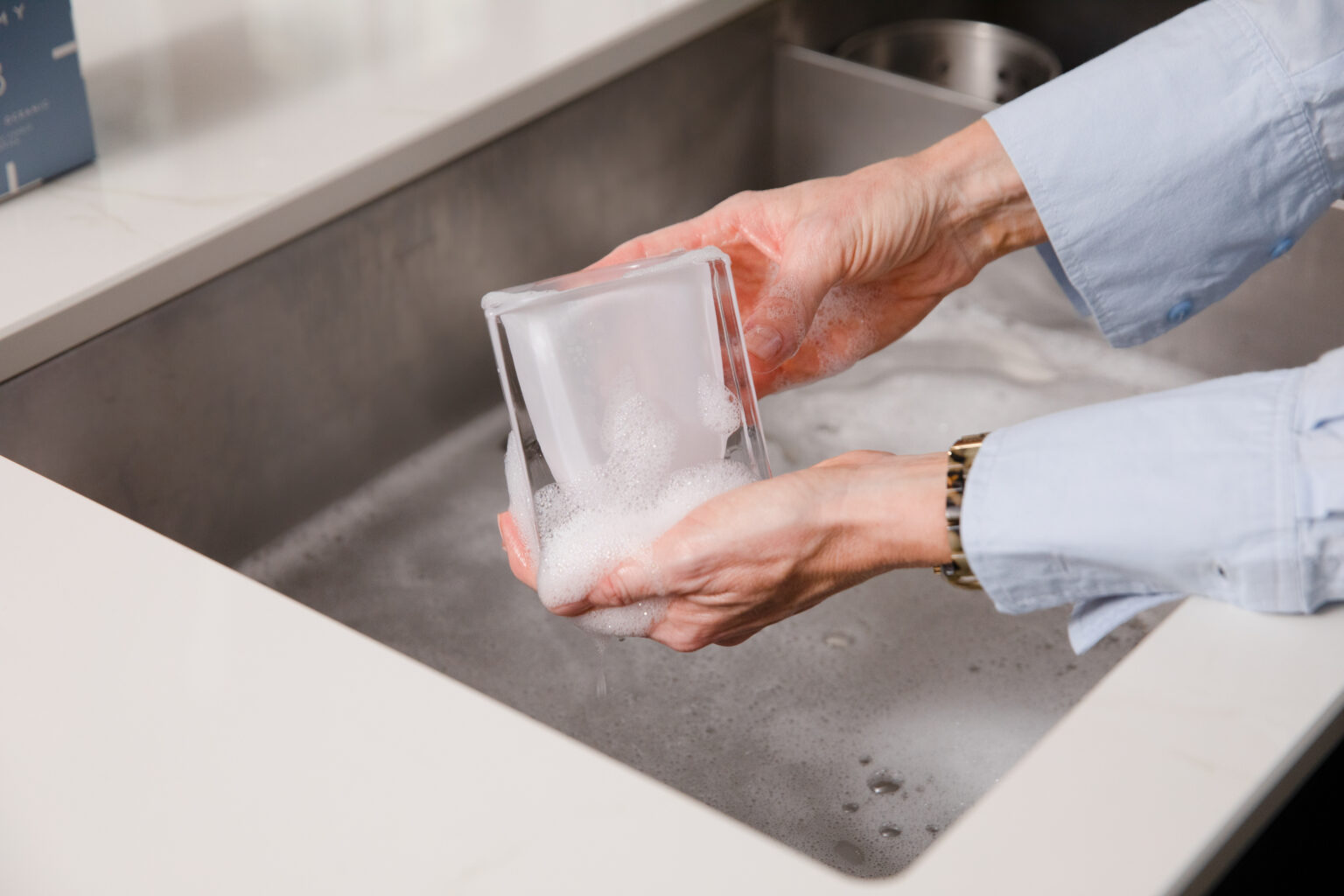'SOOTING'
- HOW TO PREVENT IT & HOW TO REMOVE IT
You’ve unwrapped and lit your beautiful, new candle. You’ve enjoyed the glow and the comforting aroma; but before you know it, unsightly soot has formed on the inside of the vessel and your candle no longer looks so beautiful! Here we explain why candles produce soot, how to keep your candles burning cleanly, and tips for removing it.
What is soot, and why does it form?
Soot is a fine, black powdery substance made primarily of carbon particles. It’s formed when candle wax and fragrance oils burn incompletely. Essentially, when the candle flame doesn’t receive the right balance of oxygen and fuel, the combustion process becomes inefficient, resulting in tiny carbon particles escaping into the air.
For candles, several factors influence soot production:
- Wax composition: Paraffin wax is known to produce more soot compared to natural waxes like soy or beeswax. However, even soy and beeswax candles can soot if not crafted or burned correctly.
- Fragrance oils: Heavily scented candles contain higher concentrations of fragrance oils, which may contribute to sooting. Not all fragrance oils combust fully, especially if they are too dense or concentrated.
- Wick type and size: The wick plays a critical role in fuel delivery. If it’s too large, it draws excess wax, leading to an overly large flame that can burn inefficiently and produce soot.
- Environmental factors: Drafts from fans, open windows, or even heavy movement around the candle can disturb the flame, affecting how well the wax and fragrance oil combust.
How to prevent soot production
While some level of soot is natural, here are some tips to help you enjoy a clean-burning candle experience:
- Choose a good quality candle: MIXMY luxury scented candles have been handmade to the highest standard using a unique blend of 100% natural vegetable wax, the finest quality fragrance oils and 100% natural cotton wicks. We’ve spent hundreds of hours burn testing each of our candles to make sure we have the right size wick for the candle glass, wax and fragrance. We’re not kidding when we say we trialled countless wicks and fragrance percentage levels until we found the right combination for each of the candle variants!
- Trim the wick: One of the easiest ways to prevent soot is to always trim the wick to approx. 5mm before lighting. When the wick is too long, it draws up more fuel than needed, creating a larger flame. A shorter wick helps maintain a stable flame, reducing soot production.
- Avoid burning in drafty areas: Airflow affects how a candle burns. Drafts cause the flame to flicker, interrupting the combustion process and leading to soot. Position your candles away from open windows, fans and high traffic areas to ensure a steady burn.
- Limit burn time: Allowing a candle to burn too long can cause ‘mushrooming’, where carbon builds up on the wick’s tip, creating excess soot. To avoid this, we recommended burning our candles for no more than 2-4 hours at a time. Extinguish the candle, trim the wick, and let it cool before relighting.
- Extinguish the flame correctly: Rather than blowing out the flame, use a candle snuffer to extinguish the flame as this will prevent the candle from smoking which can result in sooting. Using a candle snuffer will also help prevent the blackened end of the wick from falling into the liquid wax and discolouring it.
Watch our ‘How-to-use’ video at the bottom of this page

How do I remove soot from the glass?
If soot should form on the inside of the glass, extinguish the flame, wait for the wax to solidify, then wipe clean using warm, soapy water.
Avoid using anything sharp or abrasive inside the glass as this can mark the internal decoration.
If soot is allowed to build up over time, you’ll find it much more difficult to remove. Should this happen, extinguish the flame, wait for the wax to solidify, then wipe the area with a paste made from Bicarbonate of Soda and warm water; and if this doesn’t do the trick, try using a solution of Bicarbonate of Soda and vinegar. Making sure to remove and Bicarb residue from the inside of the glass before relighting.




